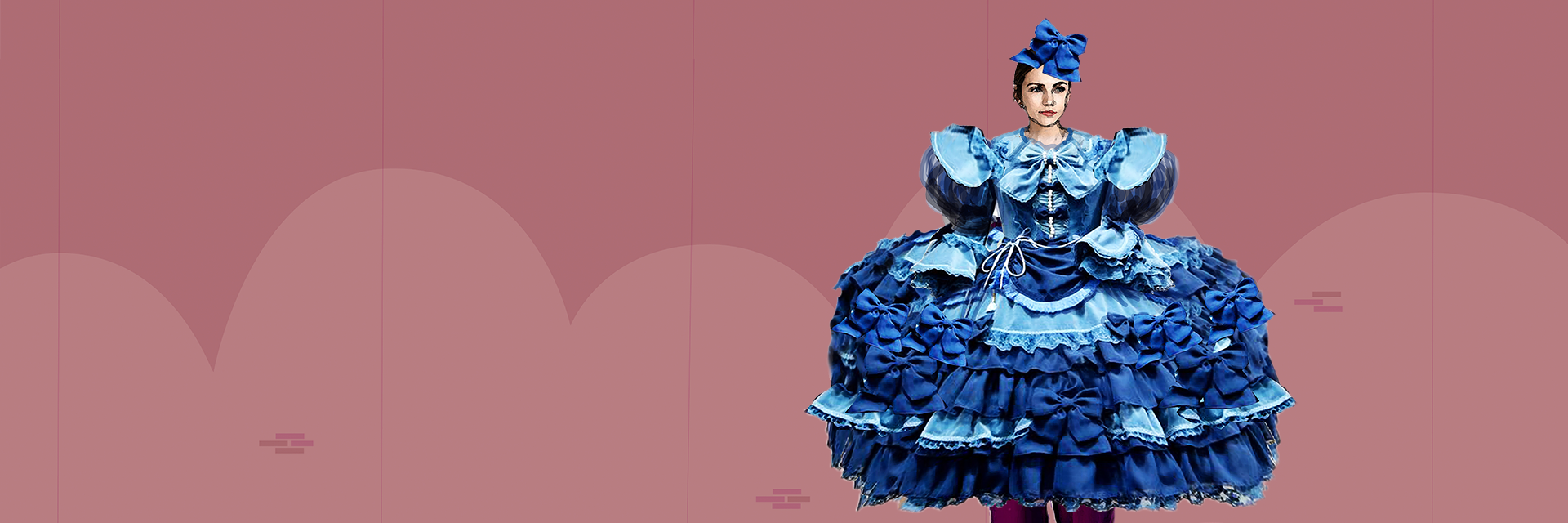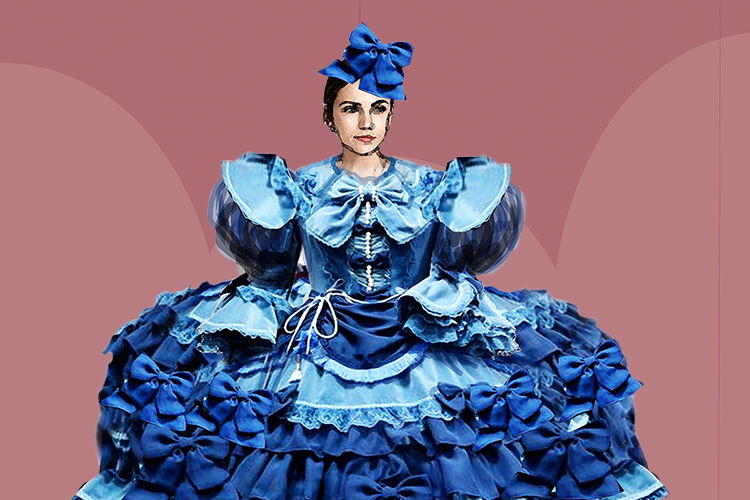Warm up activities:
It is important to do a number of warm ups to start each session, not only to prepare the voice and body for activity, but to focus the children for a change of activity.
- Revise the game Eyes Up, Eyes Down
- Revise bean bag vocal projection activity
- Angelina work warm up
Learn the Tisbe Warm up: sing the syllables “Me-ya” up the scale and finish on me, accenting the word me each time it is sung. (Capturing the character of Tisbe)
Learn the tongue twister: Angelina you must do
Add some dramatic gestures for each line, asking the children to make creative suggestions
Now say it:
- in a haughty voice
- in a mocking voice
- as fast as you can
- as a round in 2 parts, whispered
Introduce the character of Tisbe, a young woman, the daughter of Magnifico. She thinks she is special and important. She is very self-centred: everything is about her and having people do things her way. She speaks without thinking and is a complete extrovert. She does not like Angelina and keeps telling her to know her place.
Listen to Tisbe’s Song while following the words:
I am Tisbe, I am Tisbe
Oh so glam’rous and so glitzy.
Now’s my time, the time is ripe for Tisbe.
Soon the world, the whole world will know my name.
Ask the class: What do we learn about Tisbe from the words of her song?
What does the way she sings it suggest about her character?
Sing Tisbe’s song imitating her high squeaky voice.
Read to the Plot Point 2.
Conclude by revising Scrappy Little Nothing



